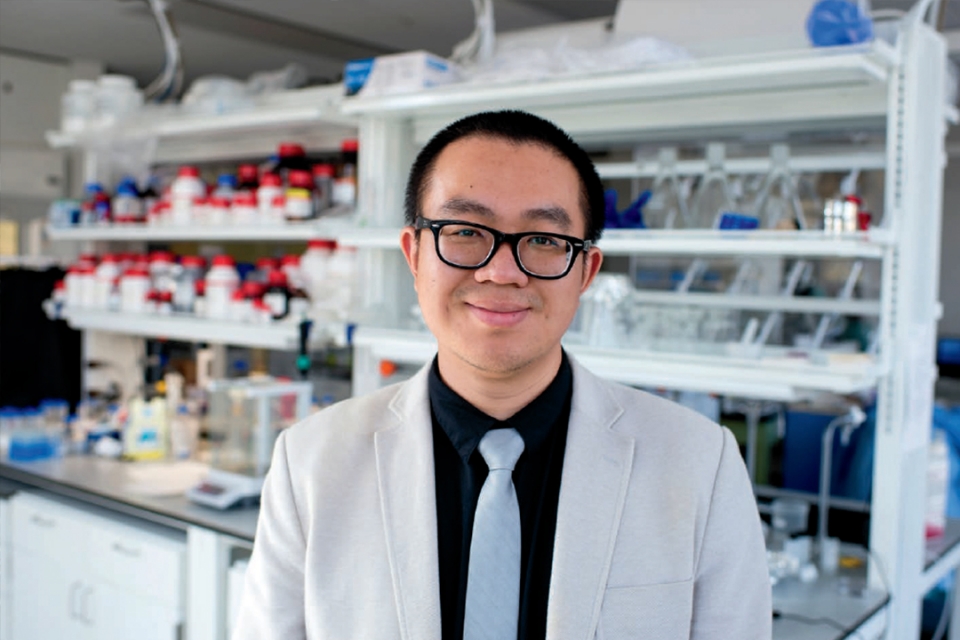Dr. Danmeng Shuai
Is your drinking water safe? That question usually causes people to think of problems with lead, nitrate, or other conventional organic or microbial contaminants. But a new class of contaminants, called emerging contaminants, needs to be considered, too.
Emerging contaminants include pharmaceuticals and personal care products, among other examples, and according to the Water Quality Association, the potential risks they pose to human health are not yet fully understood. Conventional water treatment methods are not effective in removing them from the water supply, so to mitigate their risks environmental engineers like Dr. Danmeng Shuai are hard at work seeking new methods to treat water.
Most of the methods being studied have big drawbacks, which range from high operational costs, to intensive energy and chemical consumption, to low efficiency. But Dr. Shuai believes that photo-catalysis could provide a solution, without the problems inherent in other approaches.
“My research group is using innovative nanomaterials, such as the photo-catalyst graphitic carbon nitride, to remove emerging contaminants and promote a sustainable water supply,” he says.
He explains that graphitic carbon nitride works as a photo-catalyst to harvest light and activate oxygen in the air; the oxygen then oxidizes the emerging contaminants to remove them. Because photo-catalysts use renewable solar energy and oxygen in the air and they require no additional efforts to destroy the contaminants, Dr. Shuai believes they can be the basis for a sustainable and very promising process. They are low-cost relative to other methods and avoid the safety hazards associated with processes that use strong oxidants such as hydrogen peroxide or ozone.
Despite the promise of photo-catalysts, their molecular scale interaction with the contaminants is still largely unknown, and some wet lab experiments cannot capture those interactions in detail. So Dr. Shuai and his colleague in the chemistry department create molecular simulations to provide insights on the materials and their interactions with the contaminants.
“Many other studies have already shown that photo-catalysts can remove emerging contaminants, but we want to use graphitic carbon nitride to optimize the photo-catalytic treatment,” he states. “Some of the photo-catalysts that other researchers are using are only reactive under ultraviolet light, but UV light only contributes to four percent of solar energy. Our material can potentially harvest more than 40 percent of solar energy, so it will increase the sustainability for water treatment.”


